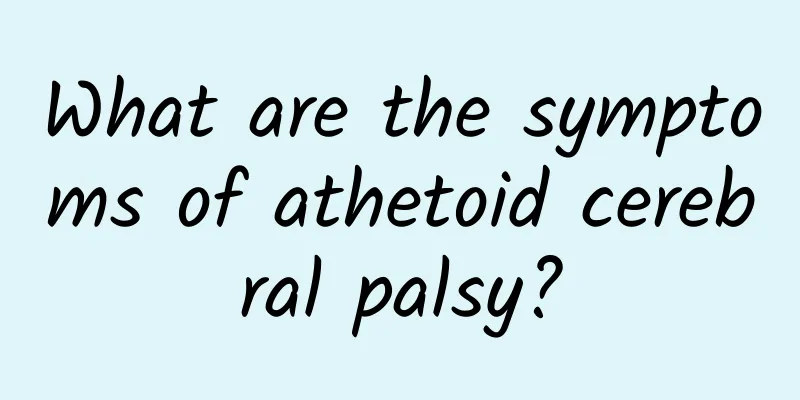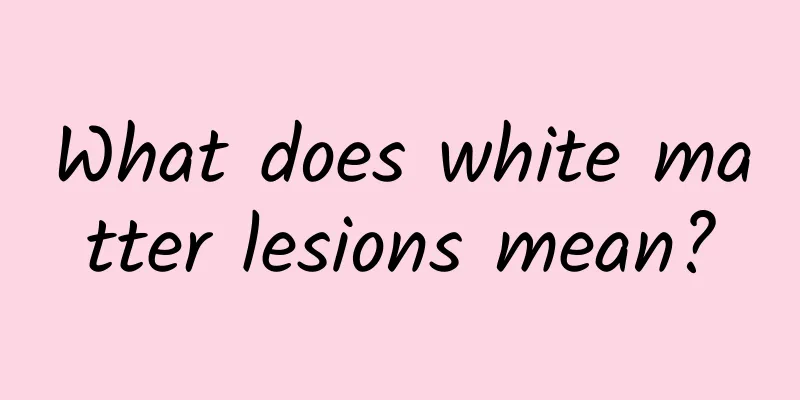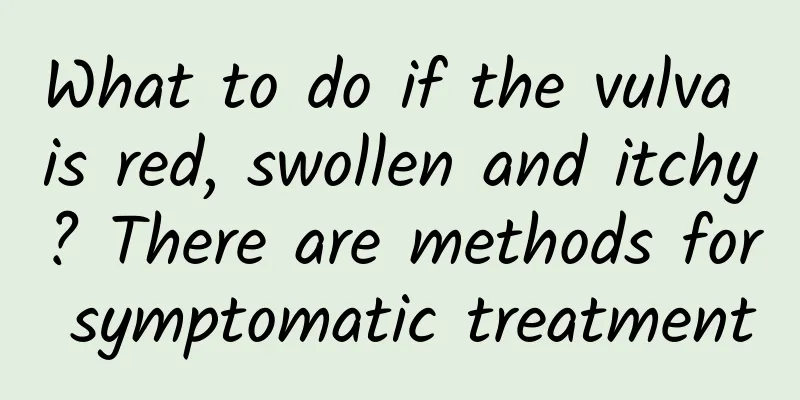What are the symptoms of athetoid cerebral palsy?

|
Athetoid cerebral palsy generally refers to movement disorders or disorders caused by damage to the brain and other areas of the human body. Generally, this type of cerebral palsy accounts for 15% of cerebral palsy diseases. So what are the symptoms of patients with athetoid cerebral palsy? The symptoms of athetoid cerebral palsy are slow, peristaltic, irregular, uncontrollable, purposeless, and uncoordinated movements when the child is at rest. It usually affects the whole body, with poor head control, often strange facial expressions, and sometimes repeated rhythmic extension and retraction of the tongue tip. Involuntary movements of the trunk and upper limbs are more prominent. The abnormal movements disappear after falling asleep. 1. Motor development is delayed and active movement is reduced Among the symptoms of cerebral palsy in children, delayed motor development is manifested in both gross motor skills and (or) fine motor skills. There are many indicators to judge whether motor development is lagging behind. Each movement performs differently at different ages (months), but some main indicators should be mastered in clinical application. Normal children can lift their heads at 3 months old, actively reach out to touch objects at 4 to 5 months old, clasp their hands in front of their chests, and play with their hands in front of their eyes when quiet. At 6 to 7 months old, they can sit alone on a hard bed without falling. At 8 to 10 months old, they can crawl, moving their upper or lower limbs alternately. They can stand independently at the age of one year and walk at the age of one to one and a half years. Children with cerebral palsy generally cannot reach the level of normal children at the above age stages. Children with cerebral palsy often show reduced movements, poor sucking ability and foraging response in the neonatal period. A normal 3-month-old child often kicks and stamps when lying in the supine position, and the kicking and kicking are alternating. Children with cerebral palsy have significantly reduced kicking movements and rarely have alternating movements. Normally, children aged 4 to 5 months have very flexible upper limb movements, but children with cerebral palsy also have reduced upper limb movements. Normal children do not develop right-handedness or left-handedness before the age of one, but children with spastic cerebral palsy and hemiplegia often use only one hand to hold or touch objects, with the other hand having less activity and the hand often in a clenched fist. 2. Abnormal muscle tone Muscle tone is the tension of muscles in a resting state. Muscle tone can be understood by passively flexing, extending, pronating and supinating the limbs. Young infants can grasp their forearms and shake their hands to understand the upper limb muscle tone based on the range of motion of the hands. To measure the muscle tension of the lower limbs, you can also hold the calf and swing the foot, and judge the tension based on the range of foot movement. When the tension is low, the range of movement of the hands and feet is large, and when the tension is high, the range of movement is small. When checking muscle tension, you can also use the "traction test". This test is easy to master. Hold the child's hands and pull them from a supine position to a sitting position. Observe the situation of the head drooping back to understand the muscle tension of the neck and back. Cerebral palsy experts need to remind you that when checking muscle tone, you should be careful not to mistake the limited joint movement due to joint contracture for increased muscle tone in some older children with a longer course of the disease. 3. Abnormal posture There are many different abnormal postures in children with cerebral palsy, which are related to abnormal muscle tone and delayed disappearance of primitive reflexes. The manifestations of the athetoid and ataxia types are different from those of the spastic type. In the first year, the patients often lie quietly with almost no voluntary movements. When lying in the supine position, their posture is opposite to that of the spastic type, with lower limb flexion, hip abduction, and ankle dorsiflexion. When held in an upright position, the head can be controlled in a neutral position. 4. Abnormal reflexes Children with spastic cerebral palsy have active or hyperactive deep reflexes (knee jerk, biceps reflex, Achilles tendon reflex, etc.), and sometimes may also induce ankle clonus and Babinski sign. The neurological reflexes of children with cerebral palsy are often manifested as delayed disappearance of primitive reflexes and weakening or delayed appearance of protective reflexes. |
<<: What foods can help patients with cerebral infarction recover?
>>: What are the symptoms of polio?
Recommend
My child suddenly has red spots all over his body. Is this eczema?
For children, if red spots appear all over the bo...
What are the effects of hawthorn cassia seed lotus leaf tea?
Hawthorn, cassia seed and lotus leaf are all very...
Does an enlarged tongue cause tooth marks?
An enlarged tongue with tooth marks is quite comm...
What should I do if the umbilical cord has not fallen off and is bleeding?
Newborn babies will have an umbilical cord wound ...
Diet for patients with stoma
Everyone is familiar with stoma, especially those...
How to treat and prevent rib neuralgia
There are two types of rib neuralgia: primary and...
Chrysanthemum water can remove acne
In order to eliminate acne on the face, many frie...
The efficacy and function of fried plantain
Salt plantain is also called salt plantain seeds,...
What to do if eczema bleeds after scratching
The biggest taboo for skin diseases is scratching...
What is blood fever?
Blood heat is one of the more common diseases. In...
What causes chronic nephritis and what are the common causes?
Chronic nephritis is caused by chronic glomerular...
What are the traditional Chinese medicines for regulating the heart?
The heart is the most important organ in our huma...
Symptoms of ichthyosis, dryness and roughness are the most common
There are many people suffering from ichthyosis. ...
How to prevent and control mole crickets
Mole cricket, also known as Lala cricket and eart...
The efficacy, function and edible method of jujube kernel
When it comes to the effects, functions and eatin...









